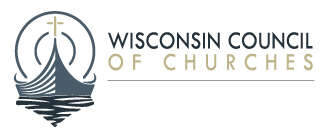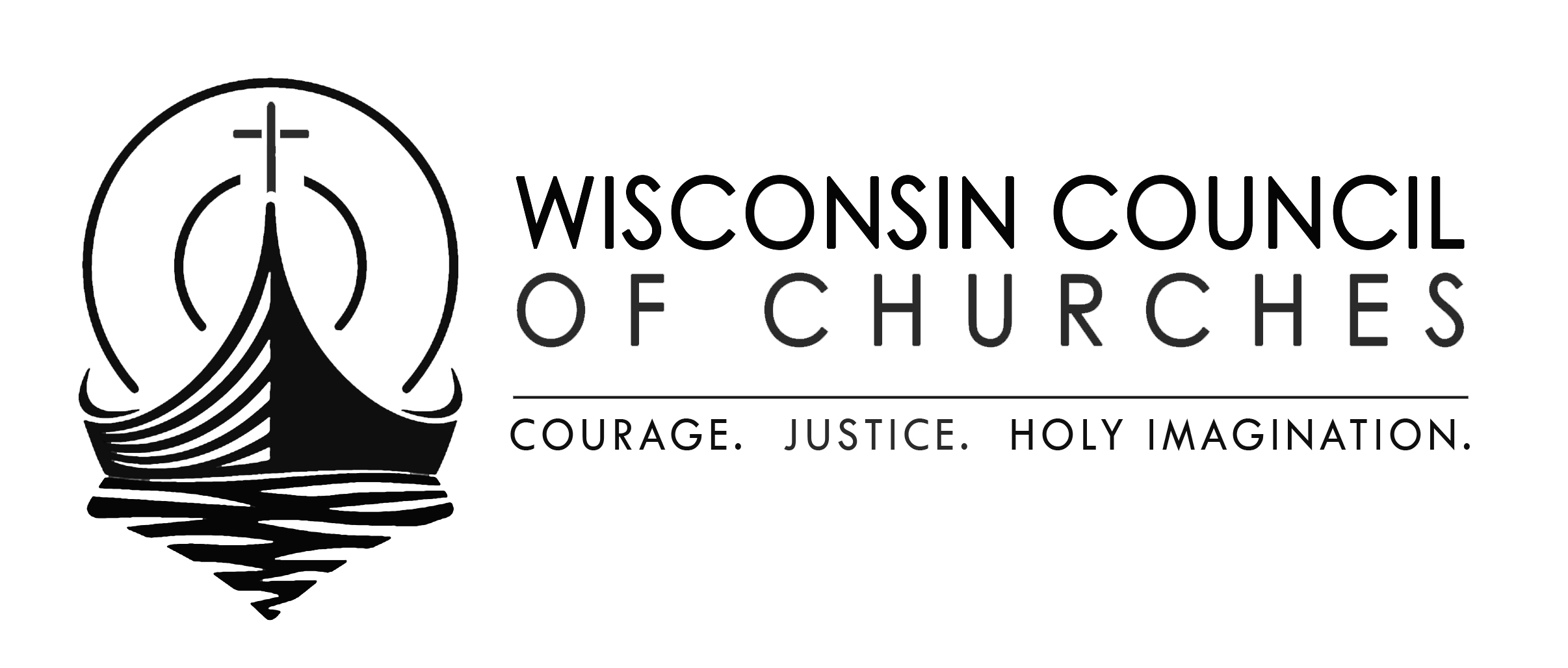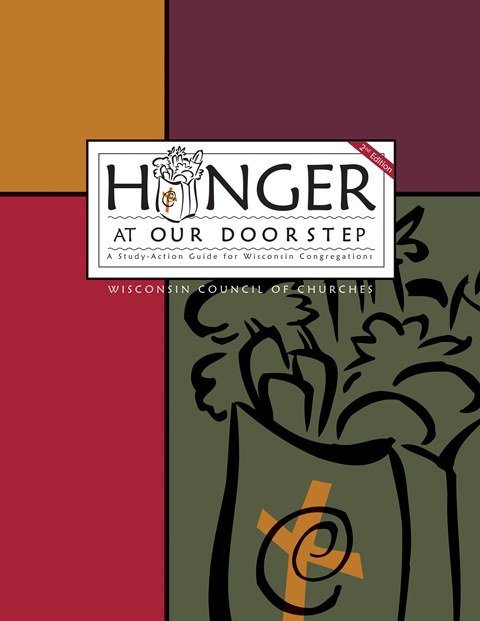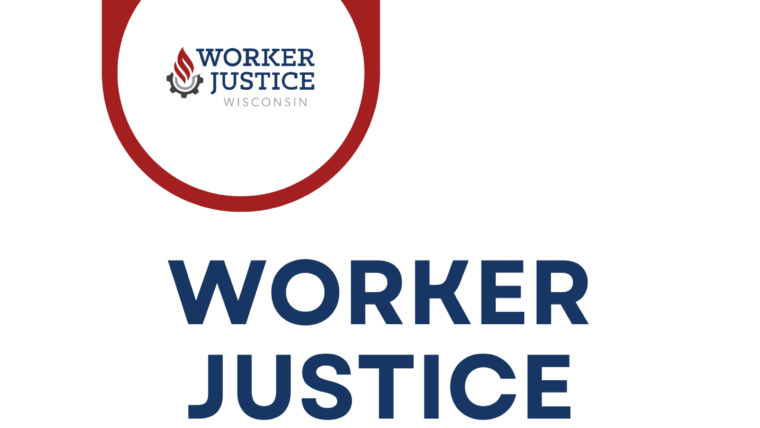Hunger at Our Doorstep
A Study-Action Guide for Wisconsin Congregations
Second Edition
This resource from the Wisconsin Council of Churches aims to help congregations learn about and respond to hunger in their communities. Basic questions about hunger provide the starting point for the curriculum: Who is hungry in Wisconsin? What are the impacts of hunger? What can be done about hunger? What does the Bible say about hunger? Answering these questions is just the beginning. This curriculum aims to lead congregations to take concrete steps to help their hungry neighbors.
Download and print the Leader’s Guide for Hunger at Our Doorstep: A Study-Action Guide for Wisconsin Congregations.
Download a PDF poster We can present a facilitator training workshop in your area if there are five or more congregations who wish to be trained. Call or email Peter Bakken if you are interested.
Session Handouts and Resources
Handouts and Case Studies (in PDF format) for each session and the Income Inequality chart can be downloaded below. You can also find links for “Homework” and links to additional resources.
Session 1
- #1 Hunger in Wisconsin: A Quiz
- #2 Who Is Hungry in Wisconsin?
- #3 Who Is Hungry in Wisconsin? – Discussion
- #4 Hunger’s Impact on Children and Others
- #5 Hunger and Food Insecurity Online
- Economic Inequality in Wisconsin
- Case Study #1
| Homework links from Handout #5: Poverty USA quiz State of Hunger in Wisconsin – A report and infographics from Feeding Wisconsin Hunger Stories – Videos from Feeding America |
Session 2
For family budget data for your county or community, use the Poverty in America Living Wage Calculator
- #7 Causes of Hunger
- #8 Community-Based Food and Nutrition Assistance
- #9 State and Federal Nutrition and Other Assistance Programs
- Case Study #2
| Homework Links from Handout #5: Web of Poverty link: http://www.povertyusa.org/multimedia/web-poverty |
Session 3
- #8 Community-Based Food and Nutrition Assistance
- #9 State and Federal Nutrition and Other Assistance Programs
- Case Study #3
- Needs and Responses exercise
Session 4
Sources of local guest experts:
University of Wisconsin Extension Family Living Programs
(Scroll down for links to Cooperative Extension County Offices).
Sources of hunger, poverty and employment information for your county or community:
- Wisconsin Counties Poverty & Food Insecurity Profiles
This series of reports on poverty and food security summarizes recent trends in poverty and food security for each county with comparisons to the state, and includes a discussion of implications for policy and programs. - USDA Food Environment Atlas
An interactive atlas of food environment factors—such as store/restaurant proximity, food prices, food and nutrition assistance programs, and community characteristics—that interact to influence food choices and diet quality. - Wisconsin Food Security Project
A source for producing customized profiles, maps, and charts of data on food access and the food security infrastructure in Wisconsin counties, municipalities, and school districts. - Annie E. Casey Foundation Kids Count Data Center
Access hundreds of measures of child well-being, by county, city, congressional district, or other area. - Wisconsin Housing Profiles
Learn about key demographic factors and critical issues related to housing in Wisconsin. Topics covered include the housing market, foreclosure impacts, housing affordability challenges, vacancy rates, and more. - County Workforce Profiles
Each county profile includes analysis of the: current and projected population dynamics; effects population has on the labor force; industries and employers; occupational patterns within industries, and average wages and total personal income.
| Homework Links from Handout #5: “The Invisible Faces of Hunger,” by Nancy Christy and Neil Heinen, Madison Magazine, October 2013 |
Session 5




